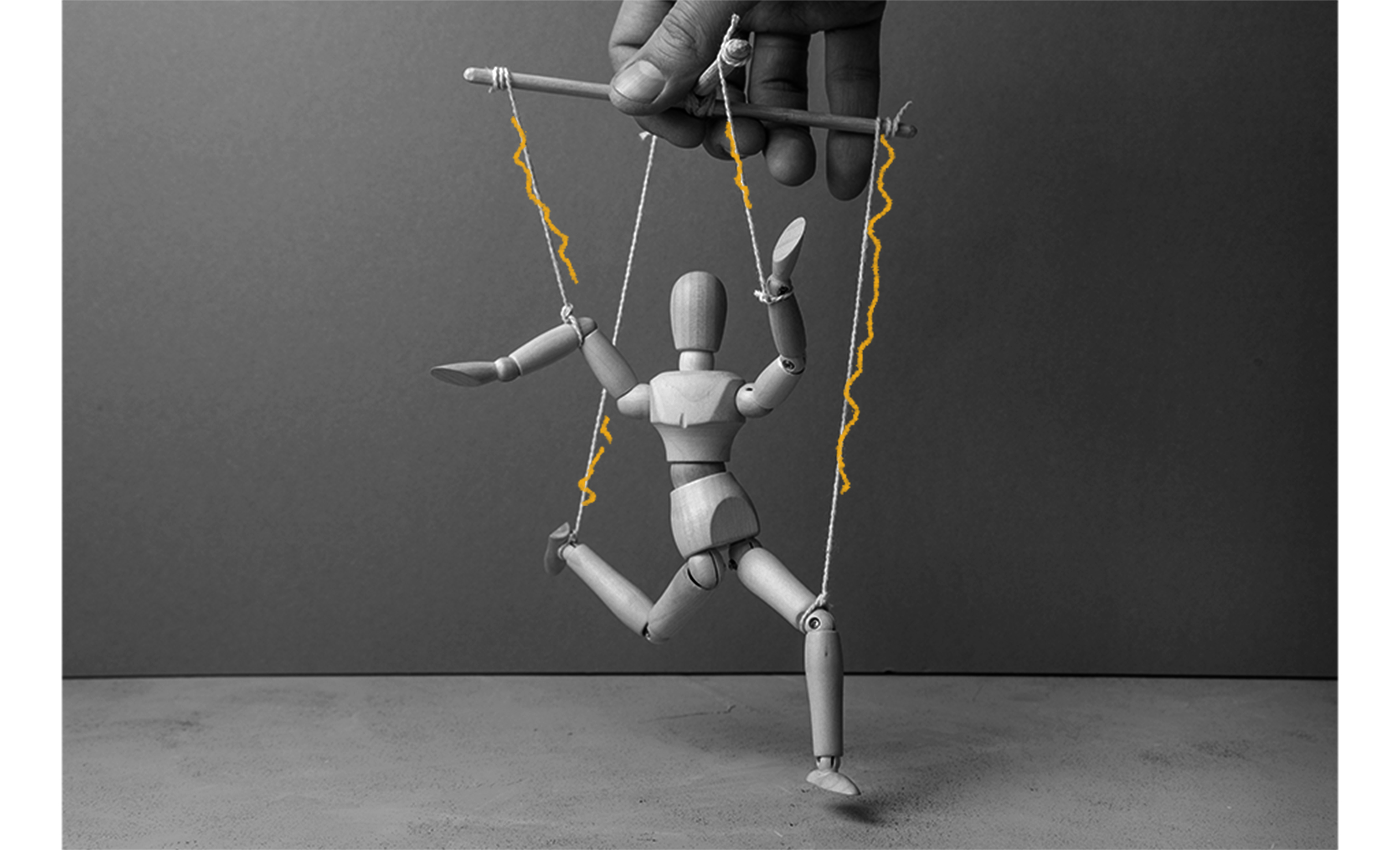Puppets have featured in nearly every ancient culture in Asia, Europe, and the Americas. Some experts believe they may have first appeared in ancient Egypt or India nearly 6,000 years ago, but their simultaneous use all over the world makes a single point of origin unlikely. Both Plato and Aristotle wrote about puppets, and we know that ancient puppeteers presented the Iliad and the Odyssey using puppet-like figures made of clay and ivory. Early Chinese and Japanese puppeteers used miniature figures during religious ceremonies and while telling folktales. Later, European Christians used puppets to present morality plays. Eventually, puppet theater began to include secular stories and comedies and became a popular, rowdy form of entertainment at large gatherings like carnivals and markets. Puppets were introduced to the Americas by European colonists; they quickly became popular and were showcased in street theaters and vaudeville shows. The 20th century fostered a love of puppets among children, in large part because they began to show up in family-oriented TV programs. Characters like Howdy Doody, Lamb Chop, and, most famously, the puppets of Sesame Street are still considered beloved icons to this day. Puppets also became popular as hand toys for children over the course of the 20th century and are still a common sight in many nurseries and preschools today.

Your go-to guide for weird history facts
Subscribe to the FREE daily email that makes learning about history fun.


